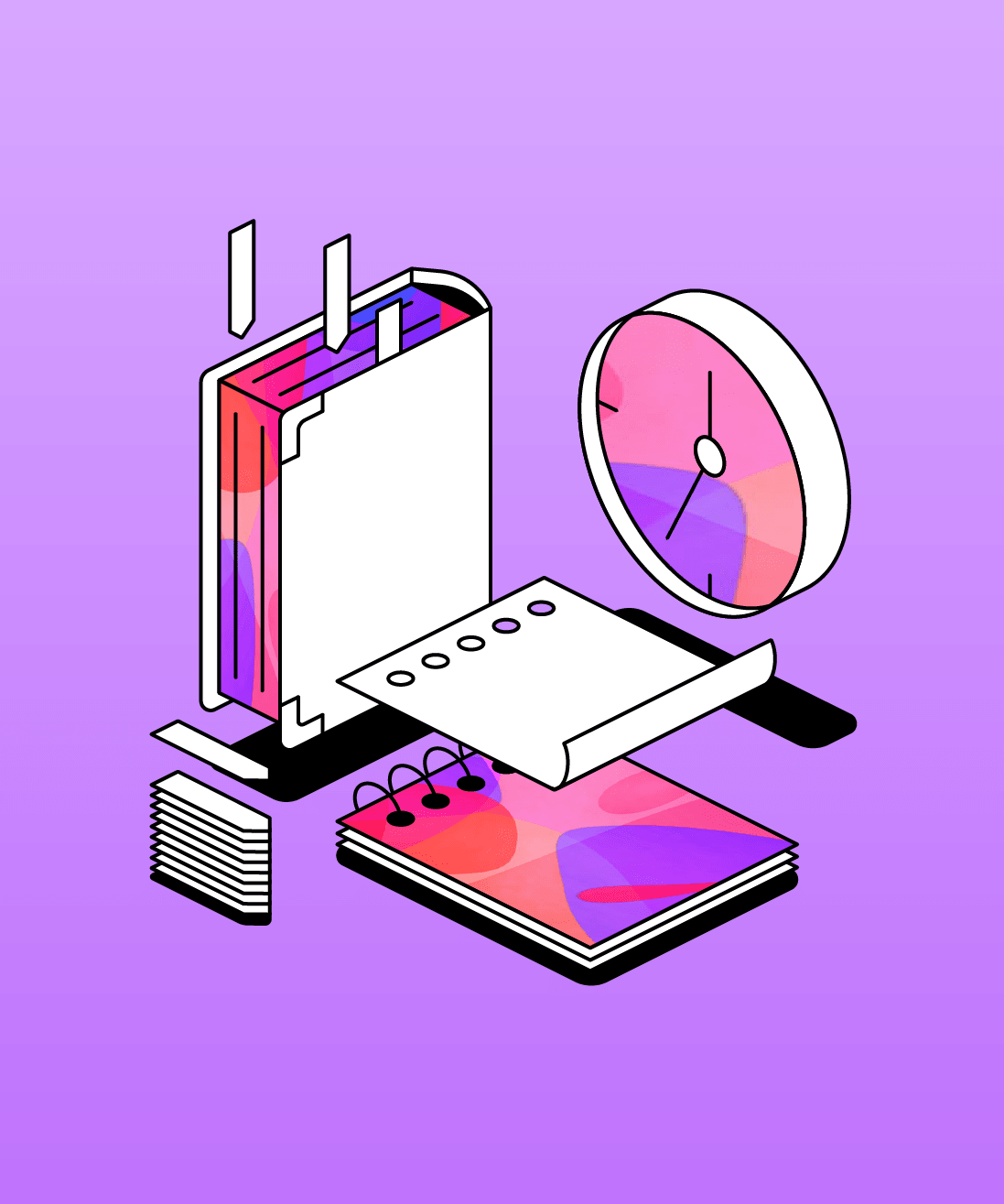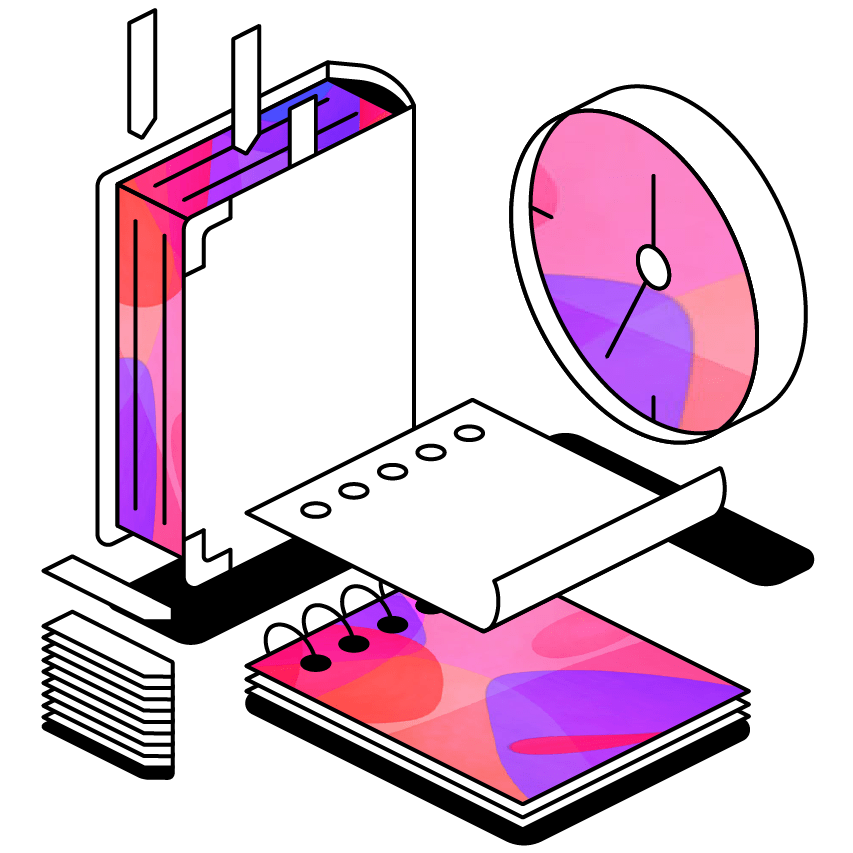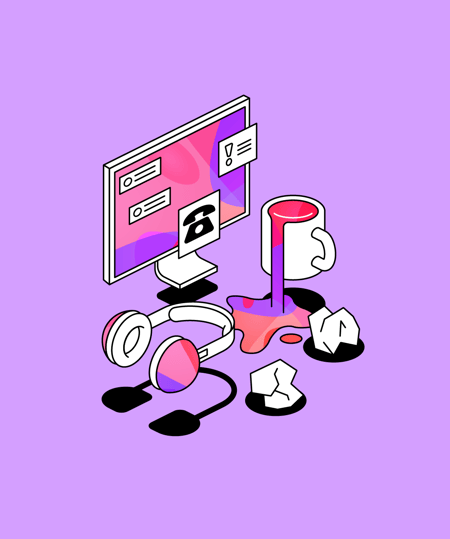Why is working memory important in note-taking?
The value of note taking is well understood, but there is less focus on understanding the cognitive processes that are necessary to support good note taking.
 3 min read
3 min read
 Published: 31 Jul 2019
Published: 31 Jul 2019
 Dr. Sue Wilkinson
Dr. Sue Wilkinson


The value of note taking is well understood, but there is much less focus on understanding the cognitive processes that are necessary to support effective note taking.
For many students, no matter how hard they try to make comprehensive and useful notes in their lectures, what they end up with are incomplete sentences and disorganized ideas… in short, nothing that will help their understanding or learning in any way.
Many students report that they simply cannot ‘keep up with the professor’; they cannot listen, process the information, and write the pertinent points quickly enough. Individual differences are huge predictors of note taking ability, and students who continuously struggle may well be experiencing deficits in either working memory or processing speed (or both).
In order to take notes, we have to keep information in our minds (i.e. remember it) for long enough to process it and write it down.
This takes place in our working memory.
What is working memory (WM) and how is it different to short term memory (STM)?
In psychologists’ terms, STM refers to a person’s performance on a particular type of task that involves the retention of small amounts of information for a brief time, where they are tested straight afterwards or after a short delay. For example, to determine digit span, we ask people to remember a string of digits, increasing by one each time until they fail.
The part of our memory that controls STM is also part of our WM. WM refers to a person’s performance on a task where they are not only required to temporarily store information but also to manipulate it, allowing them to perform tasks such as comprehension, reasoning, and learning.
For example, we may ask someone to calculate 7 x 43 and then add that result to 3 x 7. This task requires working memory, as information must be held and processed simultaneously.
A simplistic view of memory might be represented as follows:
- Information enters our brain from the environment and is processed by sensory memory systems (visual, auditory, haptic).
- The information then continues to the STM store which a) interacts with the long-term memory (LTM) store transferring information in and out, and b) acts as a working memory where we can temporarily store and manipulate information.
Perhaps we could view our WM as a brain work-space where we can perform mental work and operate coherent thought.
The Theory
Of course, there are many different theories attempting to explain how our memory works, and it is an extremely complex system that we have simplified here for the purpose of providing a base understanding.
Theories of memory propose that working memory is comprised of various subsystems: one to hold acoustic or speech items; one to hold visual or spatial items; one to allow the WM to link and interact with LTM and our perception; and one that controls the whole system, the central executive.
The central executive subsystem serves as a controller for the whole system, selecting and manipulating information. Imagine you were asked how many plug sockets you have in your house… You would likely draw on a previously stored visual image of your house and then mentally navigate through the house to verbally count the number of sockets. During this process the central executive selects the information and operationalizes the task.
The Limitations of Working Memory
Limitations to our working memory include its physical and temporal capacity. It can only hold and manipulate a limited amount of information at a time, and it can only hold this information for a limited time before it decays.
It has been shown that people who have a higher working memory span are better at a number of cognitive tasks, including note taking. This is because in order to take notes, we rely heavily on our working memory, as described above. Understanding how our memory is functioning when note taking helps to explain why students with poor working memory will struggle to take notes in lectures.
Working Memory and Disability
In order to support the note taking process, students with poor working memory (perhaps due to a specific learning or attention difficulty such as ADHD) ideally need a larger store in which they can hold and manipulate information.
We can use technology and assistive software to expand the capacity of the working memory store, for example taking pictures or recording the lecture. This allows the student to use the picture or recording as an extension of their WM, and not only increase the capacity of the store, but also reduce the rate of decay of information (as they will have a visual or auditory record).
How Glean Helps
This is a problem that Glean has been designed to address. Our software is used by students with a range of conditions, and helping with working memory and cognitive issues is a key part of the design.
Click the link below to find out how we do it.
More from Better Learning
View All
 4 min read
4 min read
Studying with ADHD: strategies for success
Staying focused while studying is a challenge for everyone, but it’s especially hard for those with attention-deficit/hyperactivity disorder (ADHD).

 4 min read
4 min read
10 ways to reduce anxiety after the winter break
Are you feeling anxious about going back to school or college after the winter break? Start doing these top ten tips straight away!

 4 min read
4 min read
How to stop feeling overwhelmed as a student
Students can feel overwhelmed during their studies, including causes such as homework, exams, and essays. Here are our top tips to alleviate this feeling.





